6 Views
What's Wrong With This Picture: Leaf It To The Tuners Edition
by
Edward Niedermeyer
(IC: employee)
Published: December 27th, 2010
Share
While Brabus digs deep for ideas to keep its tuning business relevant in the EV era, Nissan has a less sophisticated approach to electric car tuning: the bodykit. According to Nissan, the Nissan Leaf Aero Style Concept includes new wheels, skirts, mirrors, front bumper and LED daytime driving lights. Because, in the words of the firm’s press release:
Equipped with an aero body kit that accentuates Nissan LEAF’s distinctive silhouette and character lines, this concept car expresses an image of futuristic sport EV driving.
Emphasis on “image.” The rest of the EV tuning equation is still largely a mystery.
Edward Niedermeyer
More by Edward Niedermeyer
Published December 27th, 2010 1:29 PM


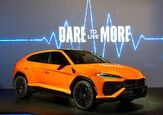














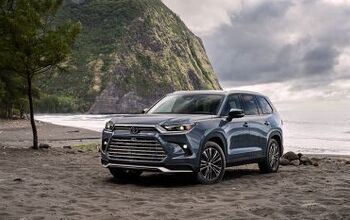
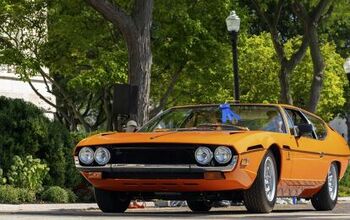
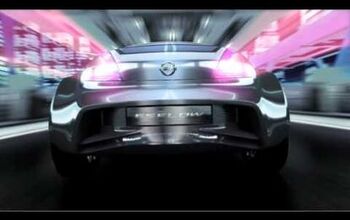
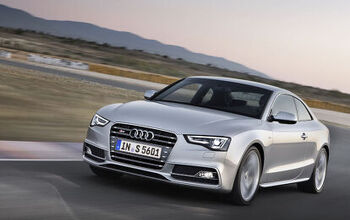
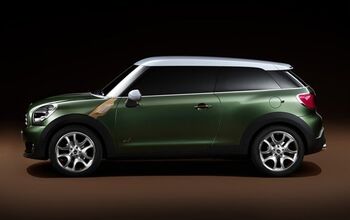
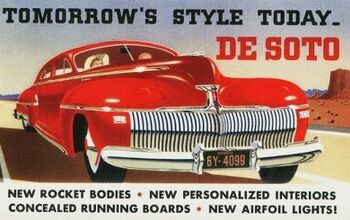
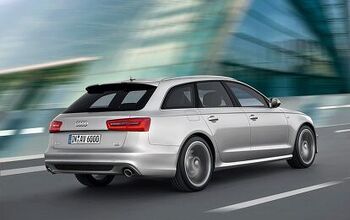

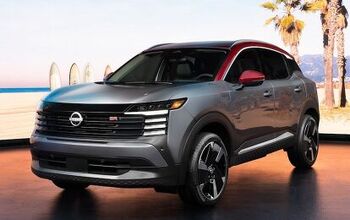
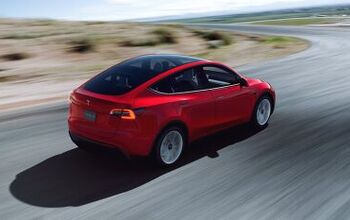

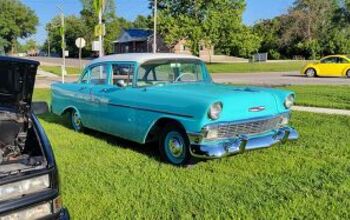

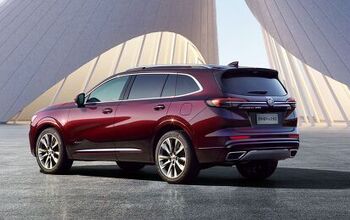
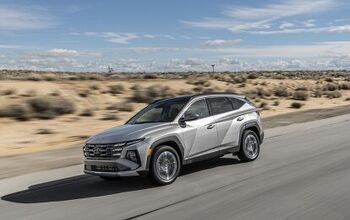
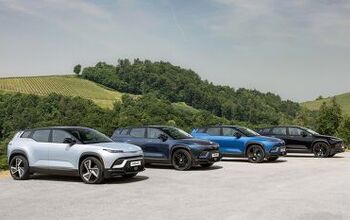
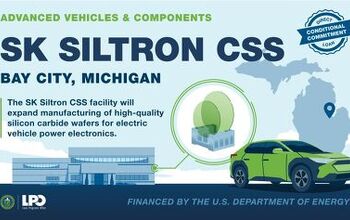
Comments
Join the conversation
"Emphasis on “image.”" Just like Volvo's R-series then.
Nissan has a less sophisticated approach than tuners? Didn't know that was possible. I always have taken "tuner' to be shorthand for 'spending a lot of perfectly good cash to ruin a perfectly good car.'
Okay, I've long been curious about something: We all know that ICE's are inherently inefficient, and that size matters for this. In other words, if you have one pickup truck powered by an economical V6, and another truck of the same model powered by a big honkin' V10, and both are cruising down the freeway at 65, the V6 is going to get much better gas milage than the V10, even though both are doing the same amount of work. The V10 will also cost a lot more and be more complex (4 extra cylinders for starters). But with an EV, all you're doing is putting in a bigger version of the same thing--an electric motor. Electric motors are extremely compact and lightweight to begin with, compared to an ICE of similar torque and power. And a more powerful motor still only has one moving part: the rotor. I can't imagine the cost would be much higher either. So why didn't Nissan put a more powerful motor into the Leaf? I'd think if you had a Leaf cruising down the freeway at 65, and another Leaf next to it with a 50% more powerful motor, I'd think they'd both be consuming about the same amount of energy, or the larger motor just slightly more. You'd still have about the same range, but much higher performance whenever you wanted or needed it. Are they holding back just to reign in drivers, because they fear aggressive driving would decrease the range? Or is my knowledge of physics off? And if they are holding back drivers, why not just give drivers the option of more power, and let them figure it out for themselves?
Hmmm, from ages-ago slot car experiences, one would think "rewinds": replacing armature wire with stouter stuff. But, as noted, such would increase power consumption, and probably significantly, or at least it did "back in the day" with our Mabuchi 16D and 26D's. Our local parlor resorted to [what looked like] scores of lead-acid batteries and chargers under the tracks to provide adequate power. Of course, now there's significant expertise in the electric R/C car hobby to tap into as well :-). Oh, and maybe a flux capacitor... Slot cars? Sure, here's a primer: http://www.scaleautoracing.com/slothistory/history.html